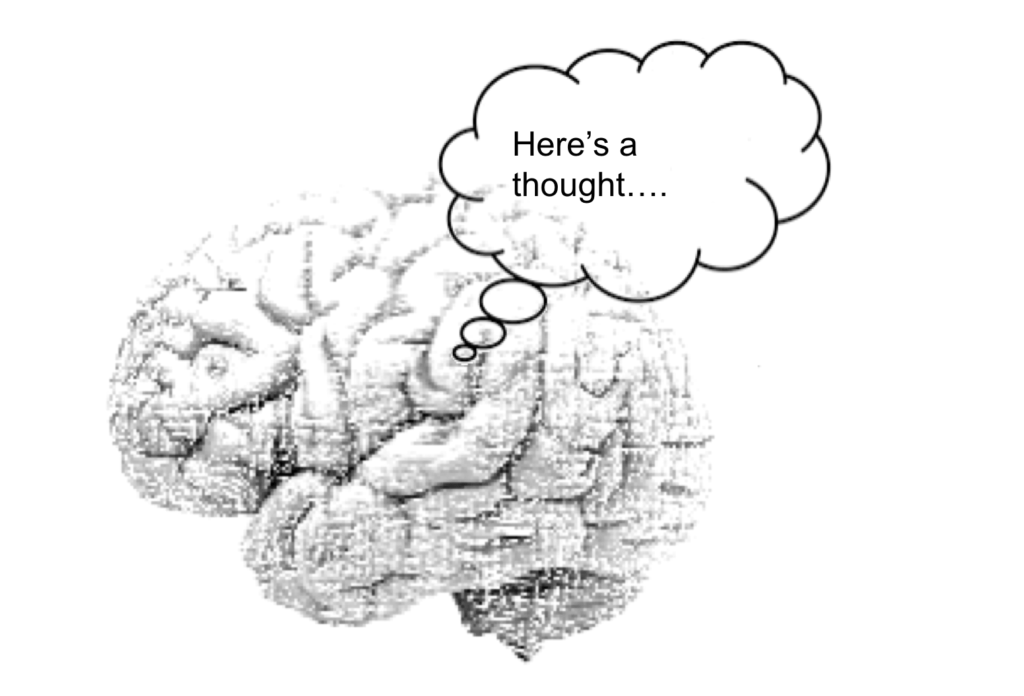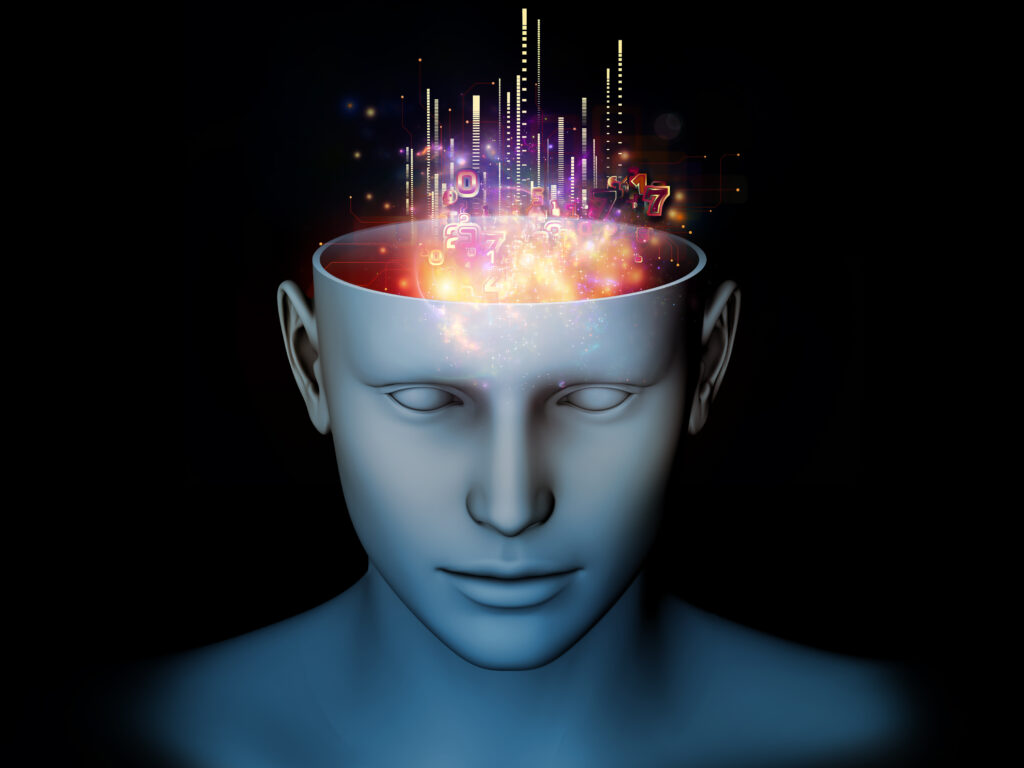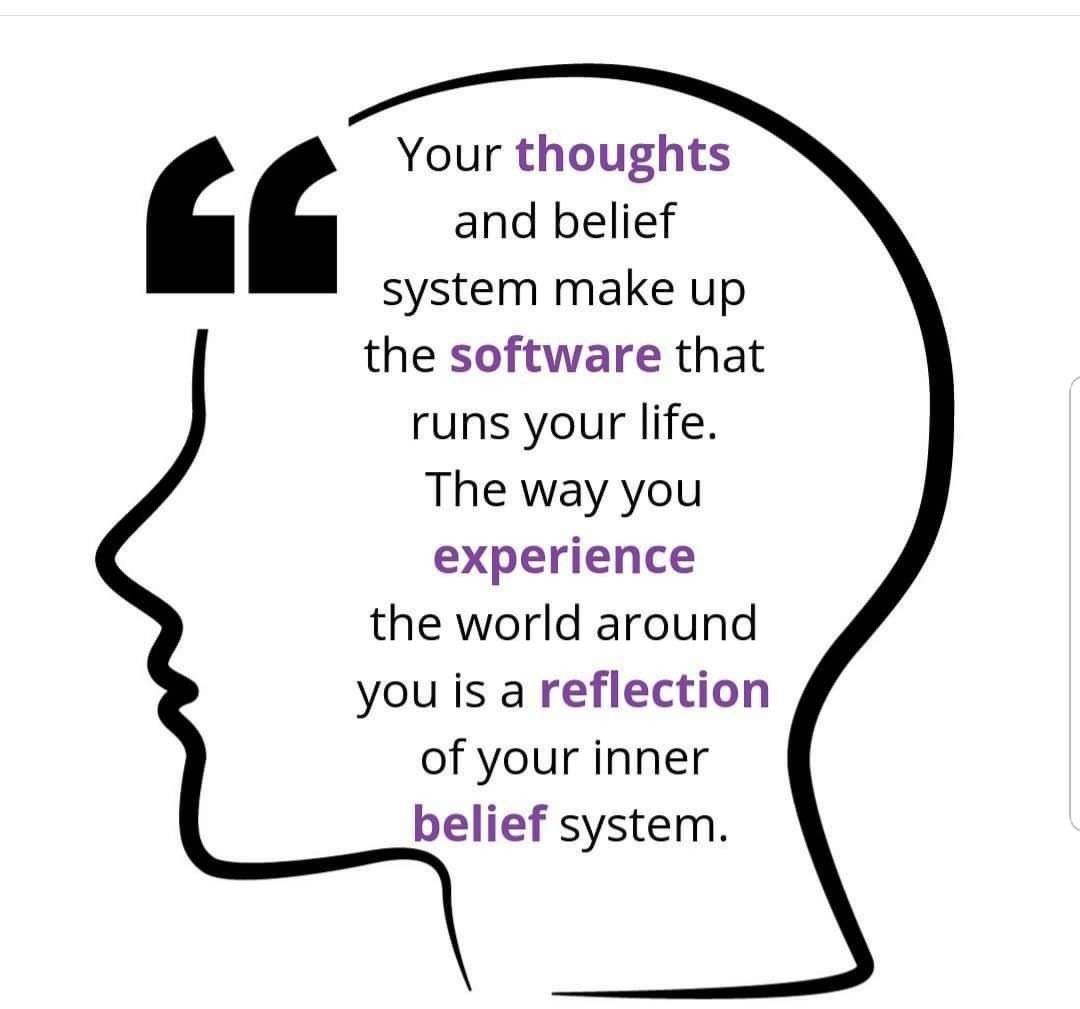The Scientific Power of Thought (click here)
Human thoughts have long been the subject of fascination across fields like philosophy, psychology, neuroscience, and even mysticism.
We have been taught from a young age that what we think has a significant influence on our emotions, behaviors, and ultimately, our reality.
But the implications go beyond self-help mantras or motivational quotes.
Modern science is increasingly shedding light on the tangible impact thoughts have on our brains, bodies, and the environment around us.
More remarkably, recent technological advancements are showing that human thoughts can be “read” or deciphered, opening a new frontier in understanding consciousness.
The Power of Thought
At its core, a thought is a chemical and electrical signal passing through neurons in the brain.
But this seemingly simple process has complex and profound implications for our mental, emotional, and physical states.
The principle behind this comes from cognitive-behavioral psychology: thoughts directly influence feelings, and feelings, in turn, influence actions.
The Power Of Thought: How Your Mind Alters The Universe (Audiobook) (click here)
1. Thoughts Shape Reality
Many philosophers and spiritual thinkers have argued that our thoughts shape our perception of reality.
This idea is supported by the concept of neuroplasticity, which is the brain’s ability to reorganize itself by forming new neural connections throughout life.
Negative or self-limiting thoughts, when repeated often enough, carve deep neurological pathways in the brain, making them easier to revisit and reinforcing a negative worldview.
Conversely, positive thinking can help reshape the brain and foster better mental health and personal development.
The famous placebo effect is one striking example of the power of thought over the body.
When people believe they are receiving a treatment (even if it’s just a sugar pill), their bodies often produce real physiological changes.
Studies have shown that placebo treatments can reduce pain, improve sleep, and even boost mood simply because the patient thinks they are receiving a cure.
2. The Link Between Thoughts and Emotions
In cognitive-behavioral therapy (CBT), one of the most effective and evidence-based psychological treatments, the idea is that our thoughts, rather than external events, are responsible for how we feel emotionally.
Changing the way we think can have profound effects on reducing anxiety, depression, and stress.
In this framework, automatic negative thoughts (ANTs), such as “I am worthless” or “Things will never get better,” can be challenged and replaced with more realistic, positive interpretations of events.
For example, a study published in the Journal of Consulting and Clinical Psychology found that individuals who underwent CBT showed marked improvement in their mental health as they learned to recognize and change maladaptive thought patterns.
This supports the age-old wisdom that “you are what you think.”
Can Thoughts Be Read?

Reading human thoughts may sound like the stuff of science fiction, but recent developments in neuroscience and technology suggest it is becoming more of a reality than we ever imagined.
The advent of brain-computer interfaces (BCIs) and neural decoding has allowed scientists to record, interpret, and even predict what a person is thinking.
1. Brain-Computer Interfaces (BCIs)
Brain-computer interfaces are devices that translate brain activity into commands to control computers or machines.
Originally developed to help individuals with disabilities, BCIs have advanced to the point where they can now interpret thought patterns with increasing accuracy.
By placing electrodes on the scalp to measure brain activity or even embedding sensors within the brain itself, BCIs allow users to control prosthetic limbs, computer cursors, and even drones using only their thoughts.
A breakthrough experiment by the University of California, San Francisco, used BCIs to help a paralyzed man communicate through thought alone.
Researchers were able to convert his brain signals into text on a computer screen with a high level of accuracy .
This technology is becoming increasingly sophisticated, with some experiments suggesting that BCIs could be used to decode more abstract thoughts in the future.
2. Neural Decoding and Thought Prediction
Neural decoding takes BCIs a step further by using brain activity data to predict or infer thoughts, emotions, and intentions.
This is achieved through functional magnetic resonance imaging (fMRI) and electroencephalography (EEG), which track real-time brain activity. In one fascinating study conducted by Carnegie Mellon University, scientists were able to decode complex thoughts and reconstruct what a person was visualizing simply by analyzing patterns in their brain activity .
While we’re still in the early stages of fully understanding how to “read” thoughts, the ability to decode brain activity has broad implications, from improving communication for those with disabilities to potentially invasive forms of surveillance or mind control.
Mind-Reading AI Technology Is Here (click here)
The Ethics of Thought Reading
With the advancement of technology comes ethical concerns.
If we can read minds, how do we ensure the privacy and security of our thoughts?
Just as personal data protection laws have evolved with the rise of the internet and social media, similar regulations may be needed in the future to protect individuals from unauthorized mind reading or manipulation.
Moreover, thought reading could lead to the commercialization of our mental states.
In a dystopian scenario, corporations could theoretically target advertisements based on our subconscious thoughts, or governments could use BCIs for surveillance, eroding our most intimate form of privacy: our inner monologue.
The Scientific and Philosophical Implications of Thought
Understanding and unlocking human thought is not only a scientific endeavor but a philosophical one as well.
If thoughts can be read, and if machines can interface with them, what does that say about human consciousness?
The mind-body problem, which has baffled philosophers for centuries, may take on new significance as technology advances.
Are our thoughts merely biological processes, or is there something more elusive—like the “soul”—that technology can never fully access?
Furthermore, if thoughts can shape reality, as studies in neuroplasticity and the placebo effect suggest, how far can we take this?
Can thoughts alone cure disease, change the world, or even influence the behavior of others?
Conclusion: The Importance of What We Think
Human thought is a powerful force.
It shapes our emotions, directs our actions, and molds our reality.
What we think influences not only our mental and emotional well-being but also our relationships, careers, and overall life outcomes.
As science progresses, the idea that our thoughts can literally be read no longer seems so far-fetched.
Brain-computer interfaces and neural decoding are already revolutionizing the fields of medicine and technology, with more exciting (and possibly terrifying) possibilities on the horizon.
However, as much as we can understand and manipulate thoughts through technology, the responsibility lies within us to guard our mental landscapes.
The importance of fostering positive, healthy, and constructive thought patterns cannot be understated.
Ultimately, we are the architects of our mental realities, and by extension, our lives.
References
- Journal of Consulting and Clinical Psychology, CBT and the impact of cognitive restructuring on mental health.
- University of California, San Francisco study on brain-computer interfaces.
- Carnegie Mellon University research on neural decoding and thought reconstruction.
- Neuroplasticity and the placebo effect in medical treatments.
- Ethical concerns and future of mind-reading technologies.
By understanding how our thoughts work, we gain a better grasp of how they influence every aspect of our lives—from health to success, and even in shaping the world around us.
Thought is not only power; it is potential.



















